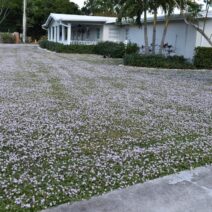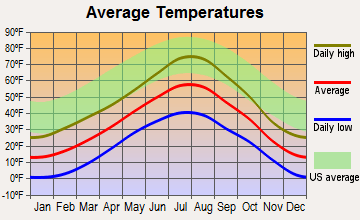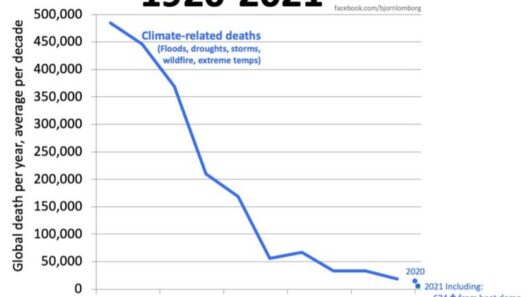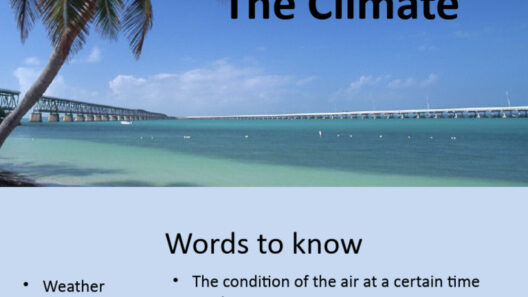Yellowstone National Park, America’s first national park, is a mesmerizing tableau of natural wonders, yet it is also a distinctive microcosm of climate extremes. Nestled in the heart of the Rocky Mountains, the park showcases diverse ecosystems that are profoundly influenced by its climate, which varies dramatically across different elevations and seasons. This exploration into Yellowstone’s climate invites an introspective examination of our environment and elicits a deep curiosity about the influence of weather patterns on nature’s beauty.
At its most basic level, the climate of Yellowstone is classified as subalpine. This means that it experiences cold winters, warm summers, and a significant amount of precipitation, predominantly in the form of snow during the winter months. The park’s geography plays a pivotal role in this climate classification. Ranging in elevation from approximately 5,000 feet to over 11,000 feet, the varied altitude results in considerable temperature fluctuations. At lower elevations, summers can be pleasantly temperate, offering a stark contrast to the frigid winters that dominate the region.
The winter months, revered by some for their stark beauty, witness temperatures plummeting into subzero territory. In this frozen epoch, the landscape transforms; thermal features such as geysers and hot springs create a fascinating juxtaposition against the snow-laden expanses. For example, places like Old Faithful emit scalding steam amidst icy surroundings, exemplifying nature’s extraordinary capacity to juxtapose temperatures, where molten heat meets Arctic chill. This tumultuous embrace of hot and cold is a true testament to the park’s fiery geological heart.
Conversely, summers offer an entirely different narrative, characterized by noticeably warmer days and cooler nights. Daytime temperatures can reach into the upper 70s and low 80s Fahrenheit, although they can occasionally exceed 90°F, particularly in select low-lying areas. While these temperatures invite a surge of visitors, they also augment the complexity of ecological relationships and biodiversity within the park. The vibrant tapestry of wildflowers bursts forth, and flora and fauna alike thrive in the warmth, presenting an idyllic yet fragile ecosystem that must be observed with respect and caution.
The thermal dynamics of Yellowstone National Park are further accentuated by its unique weather phenomena. For instance, thunderstorms are common during the summer months, frequently accompanied by copious rainfall, which can lead to sudden runoff and flash flooding. These phenomena, while often awe-inspiring, pose risks to both the environment and the infrastructure within the park. It is a reminder of nature’s unpredictable temperament and its capacity to reshape landscapes and habitats in mere moments.
Moreover, the park’s climate is also significantly influenced by larger atmospheric patterns. The Pacific Ocean plays a monumental role in dictating weather systems that sweep across the region. Events such as El Niño and La Niña can lead to considerable variations in precipitation patterns and temperature, leaving ecosystems vulnerable to destabilization. This underscores the intricate and often delicate balance that characterizes Yellowstone’s environment, and the long-term implications of climate change threaten to disrupt this equilibrium.
Climate change, in fact, poses a profound challenge to the venerable ecosystems of Yellowstone. The increase in global temperatures has led to more intense and prolonged droughts, particularly concerning for the park’s aquatic systems. Rivers and streams, fed by melting snowpack, can dwindle to alarming levels, affecting not only the myriad of species that depend on them, but also compromising the very fabric of the ecosystem. This situation is exacerbated by the rising incidence of wildfires, which can ravage swaths of forest and threaten wildlife habitats.
For instance, invasive species have begun to proliferate in the warmer climate, outcompeting native flora and fauna. The intricate balance that has existed for centuries is now in flux, and inherent vulnerabilities are becoming more pronounced. Species reliant on specific climate conditions, such as the wily American pika, are finding their habitats limited, forcing them to retreat to higher elevations where the temperature may still provide a suitable habitat.
The variability in climate also directly impacts human interactions with nature within Yellowstone. The park sees millions of visitors each year, who come to experience its breathtaking landscapes and wildlife. However, the increasing frequency and severity of extreme weather events necessitate that these visitors remain informed and prepared. Awareness of climate impacts on the park is essential for fostering a culture of stewardship and protection for future generations.
In conclusion, Yellowstone National Park offers an unparalleled opportunity to witness nature’s extremes, but it also serves as a stark reminder of the fragility of our planet. The interplay of distinct climatic factors creates a captivating yet precarious environment, one that demands our attention and action. Understanding the nuances of Yellowstone’s climate may not only deepen our appreciation for this cherished land but also invigorate our resolve to combat climate change. As we navigate the delicate threads of nature’s tapestry, let us hold fast to the hope that collective action can lead to preservation, ensuring that the extraordinary beauty of Yellowstone endures for generations to come.








